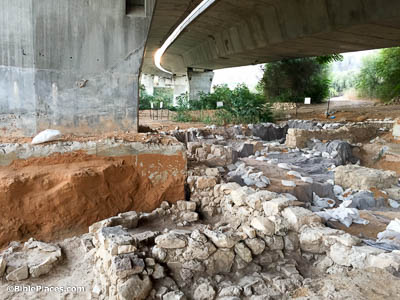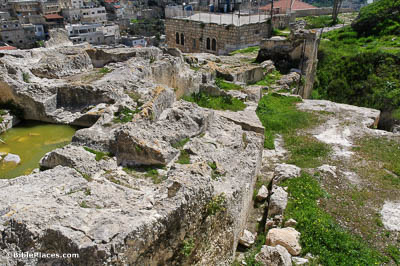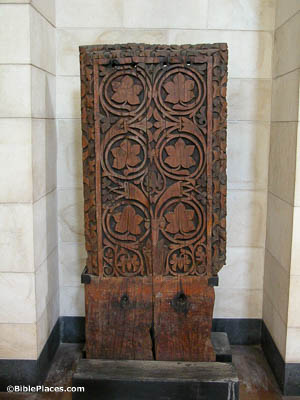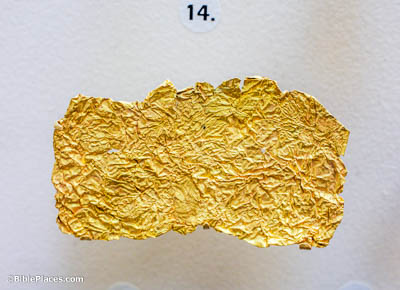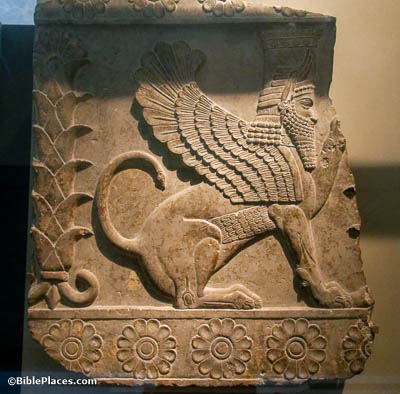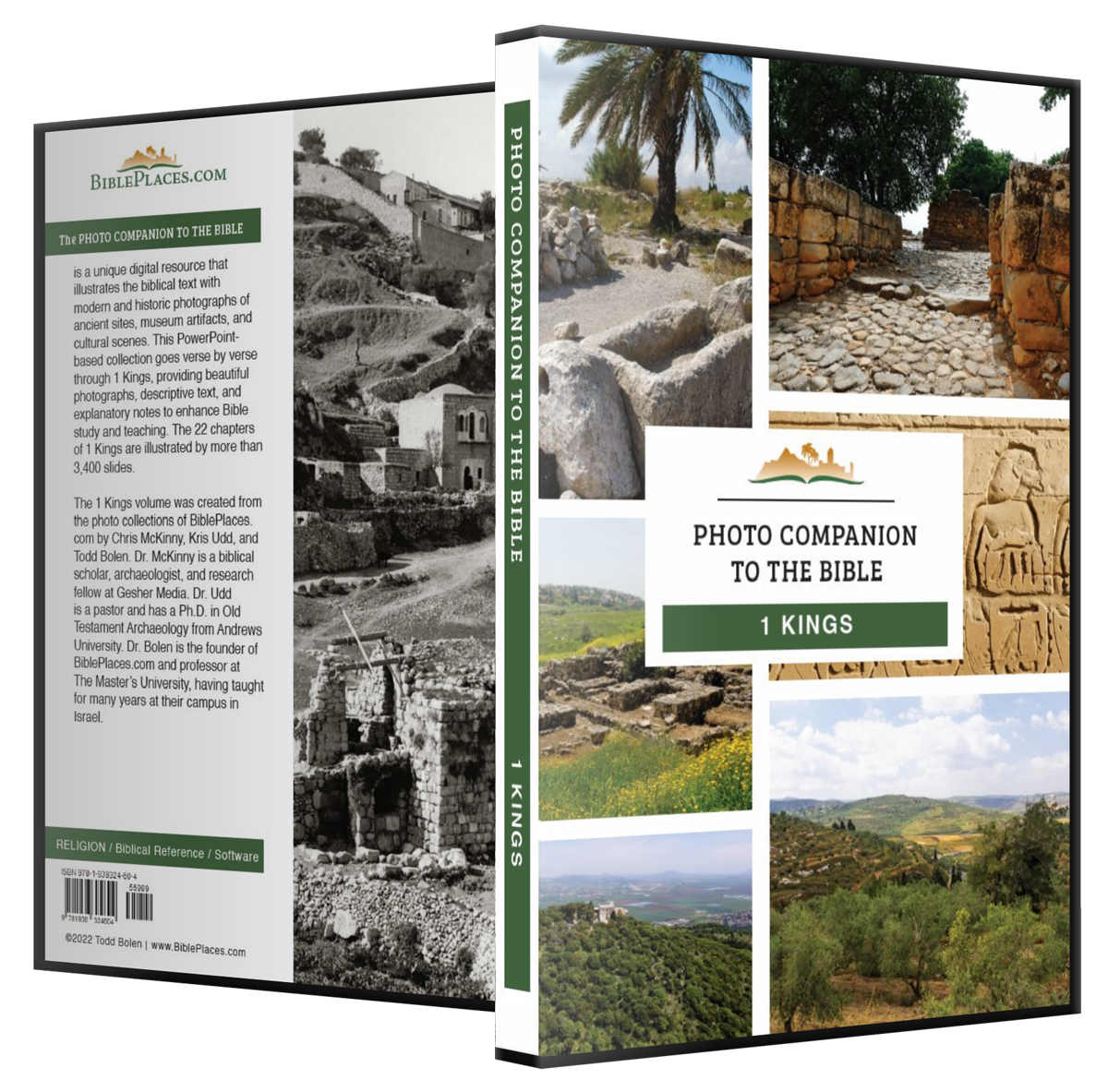He built a complex of rooms against the outer walls, around the sides and rear of the building (1 Kings 6:5).
The main rectangular building of the temple (porch, holy place, holy of holies) was surrounded by an outer wall that created several stories of auxiliary rooms around the temple, which were most likely used for storing cultic instruments and materials (cf. 2 Chr 5:5-7). Three examples of similar auxiliary rooms have been found, including the one shown here: the temple at Tel Moza. This view is taken from the courtyard. The sacrificial altar is visible on the right, and the doorway of the temple is visible just to the right of center. The stone walls visible in the foreground are from a later structure (8th century BC) built along the south side of the courtyard.
